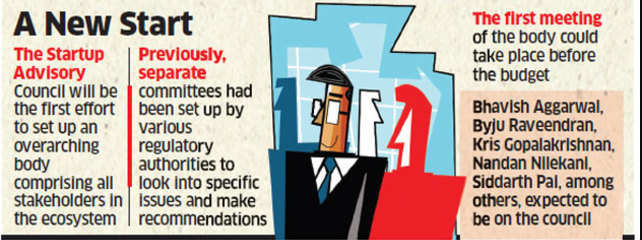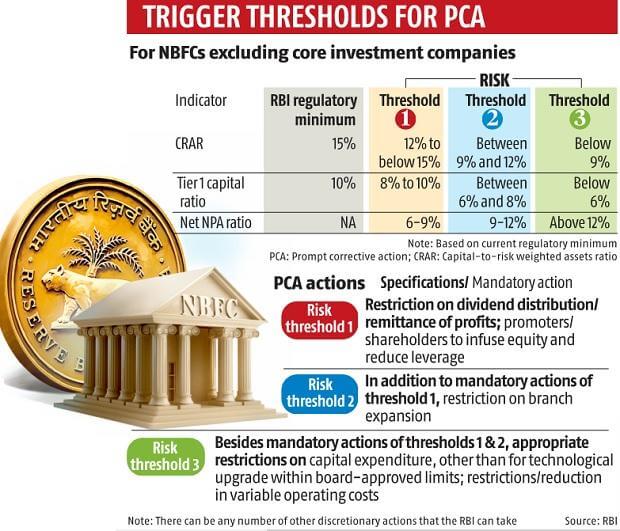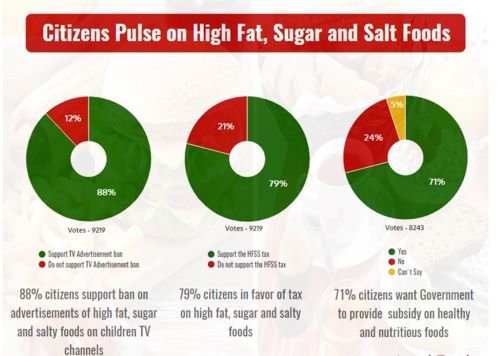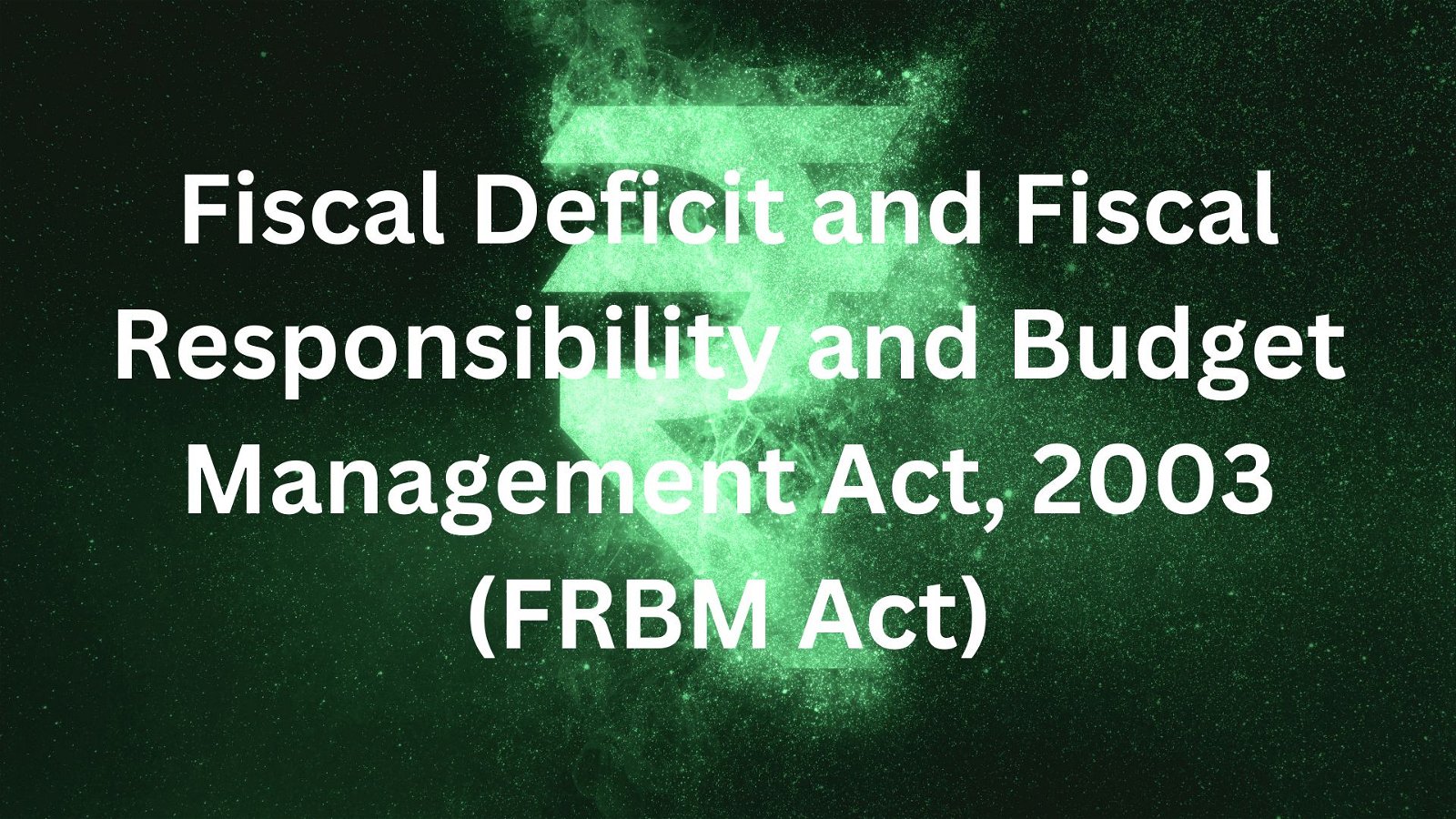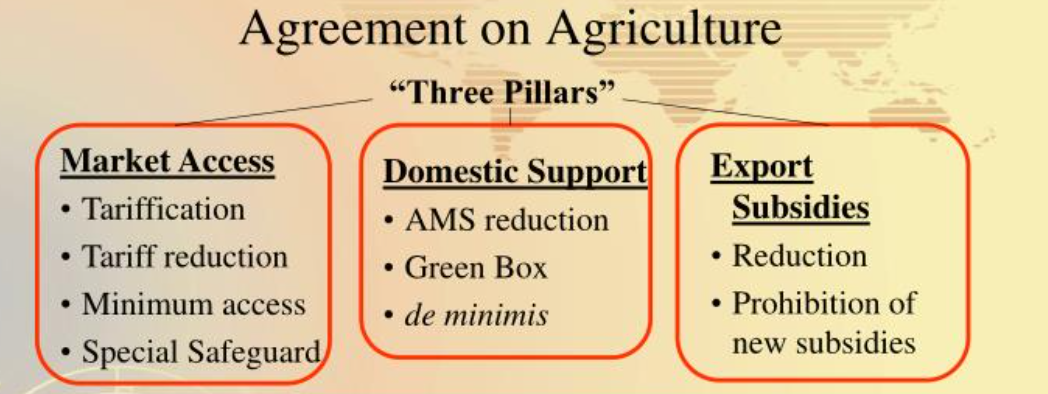
Private Investment in the Indian Economy
Subscribers of "Current Affairs" course can Download Daily Current Affairs in PDF/DOC
Subscribe to Never Miss an Important Update! Assured Discounts on New Products!
Must Join PMF IAS Telegram Channel & PMF IAS History Telegram Channel
- Context (TH): The slow increase in private investment is a significant problem for the Indian economy.
- Private investment is measured by private gross fixed capital formation (% of GDP).
- Private investment has consistently declined since 2011-12.
- Impact: Low private investment can lead to slower economic growth because a larger fixed capital base is needed to boost economic output.
- In 2019, the government reduced corporate taxes from 30% to 22% in hopes of stimulating private investment.
About GFCF
- Gross Fixed Capital Formation (GFCF) measures the growth in fixed capital in an economy.
- Fixed capital includes things like buildings and machinery that require investment to be created.
- GFCF is important because fixed capital helps workers produce more goods and services, leading to economic growth and better living standards.
- Developed economies like the U.S. have more fixed capital per person compared to developing economies like India.
- Private GFCF gives an idea of how much the private sector is investing in the economy.
- It also includes government investment in fixed capital.
Trends in Private Investment in India
- Before economic reforms, private investment hovered around 10% of the GDP. Public investment, however, steadily rose over the decades, surpassing private investment as a percentage of GDP by the early 1980s.
- After the Economic reforms, Private investment in India increased significantly, which boosted confidence in the private sector.
- After liberalisation, private investment took the lead in fixed capital formation, while public investment declined.
- Private investment continued to grow until the global financial crisis of 2007-08, reaching around 27% of GDP.
- Since 2011-12, private investment has been declining, hitting a low of 19.6% of GDP in 2020-21.
Reasons for falling private investment
Low private consumption expenditure
- Economists argue that businesses need strong consumer spending to have confidence in future demand for their products before investing in fixed capital.
- To address this, economists suggest the government should increase people’s disposable income to boost consumption expenditure and stimulate private investment.
Analysis
- However, historically, an increase in private consumption has not necessarily led to higher private investment in India.
- In fact, a drop in consumption spending has sometimes boosted private investment. Since 2011-12, private consumption has risen while private investment has fallen.
Structural problems
- Few Economists point to unfavourable government policies and policy uncertainty as major issues affecting private investment.
- The increase in private investment in the 1990s and 2000s was linked to the economic reforms initiated in 1991.
- Conversely, the decline in private investment correlated with a slowdown in the pace of reforms over the last two decades under both UPA and NDA governments.
- Policy uncertainty can discourage private investment because investors prefer stability to undertake risky long-term projects.
Can Public Investment lead the way?
- Some see the government’s push to increase government investment as negative because it may crowd out private investment. However, others believe that government investment offsets the lack of private investment.
- Private investors are considered better allocators of capital than public officials, which helps prevent wasteful spending.
- Taxes imposed to raise money for public spending can also weigh heavily on the economy.
|





![PMF IAS Environment for UPSC 2022-23 [paperback] PMF IAS [Nov 30, 2021]…](https://pmfias.b-cdn.net/wp-content/uploads/2024/04/pmfiasenvironmentforupsc2022-23paperbackpmfiasnov302021.jpg)
